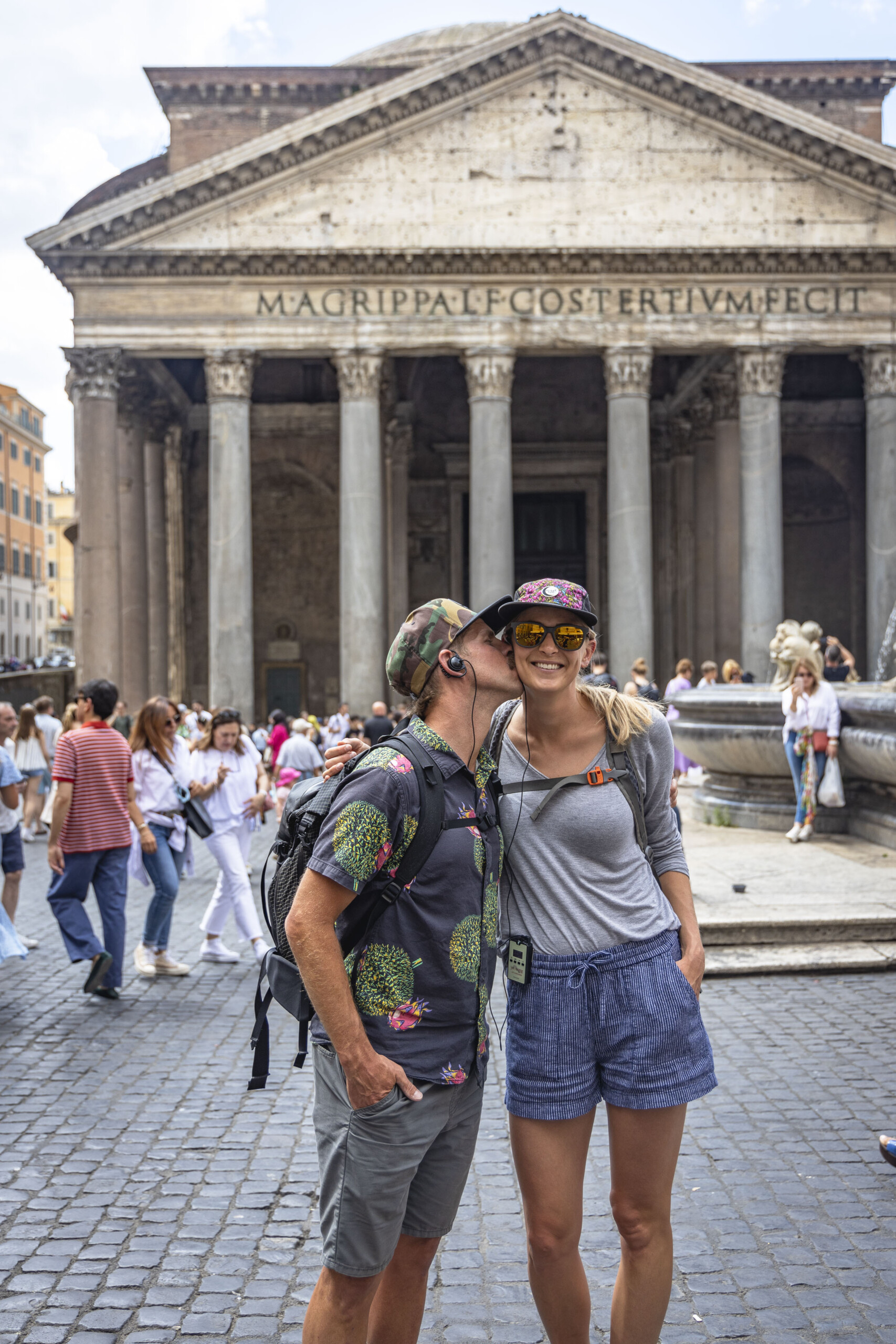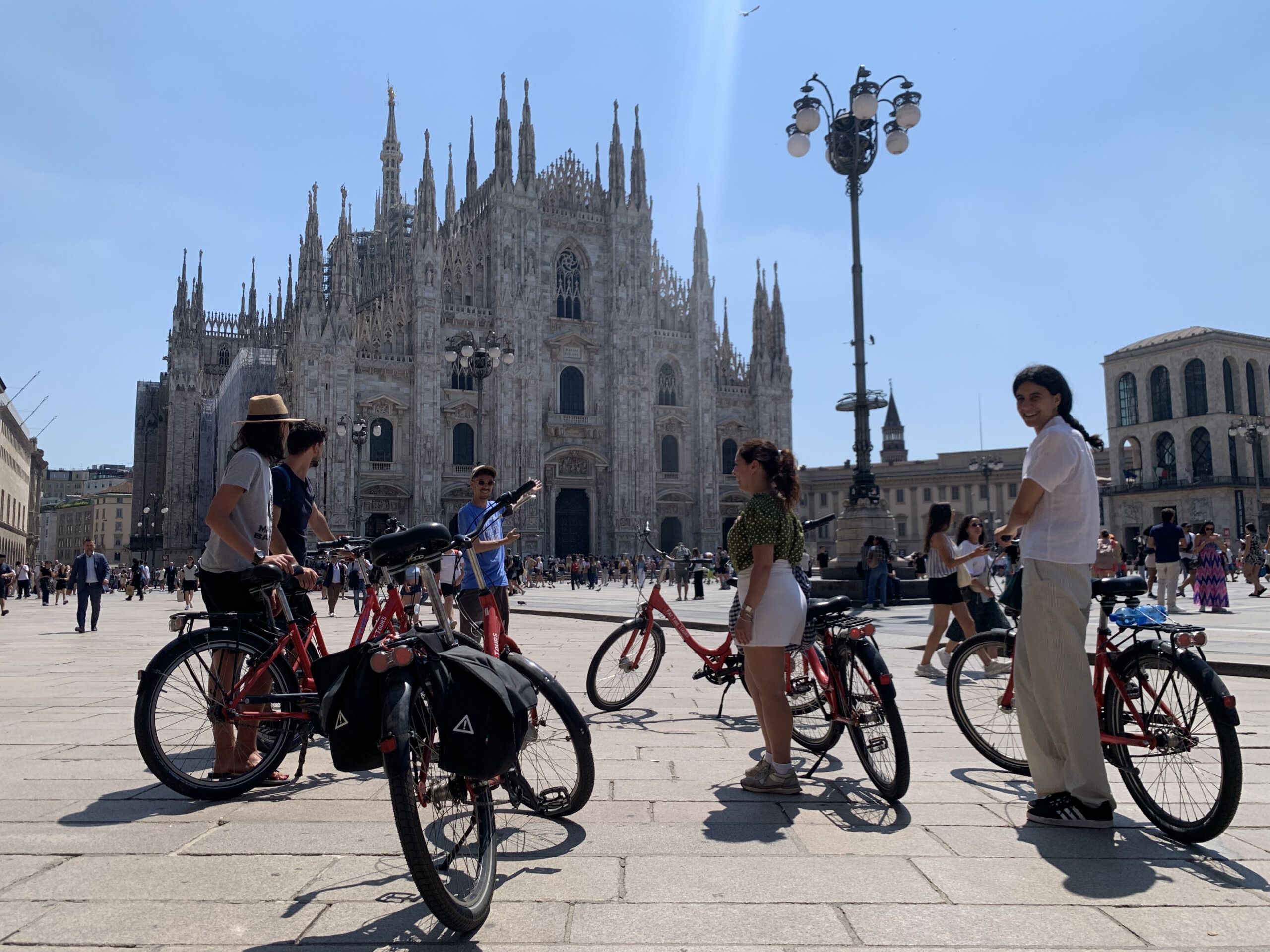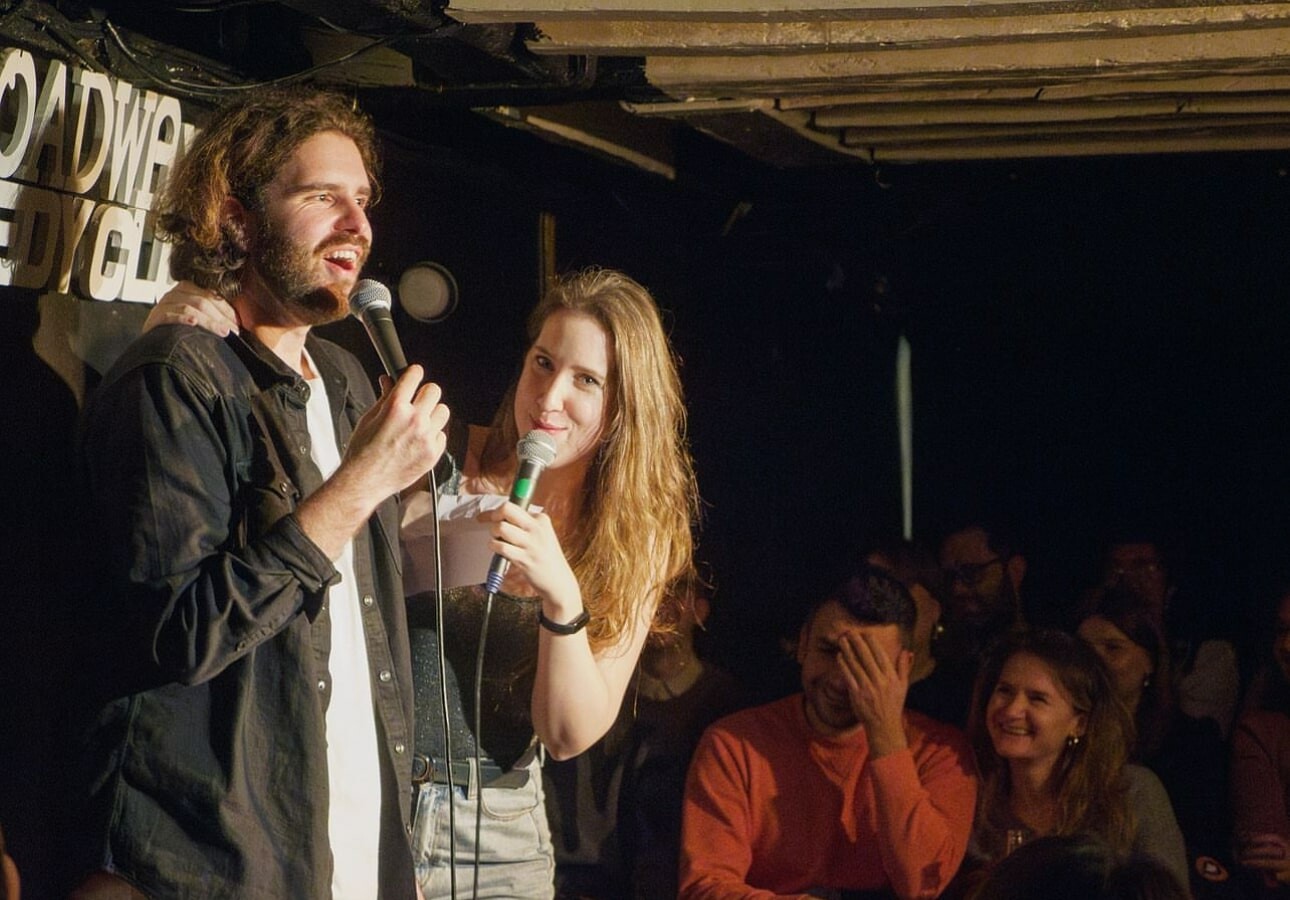By Timothy Palma
Visitors to Berlin cannot fully grasp the city without an understanding of the regime that so recently called half of this it their capital. The German Democratic Republic, GDR for short, was the communist state that occupied the eastern part of Germany during the Cold War, from 1949 until national reunification in 1990. Yet, having been both a perpetrator and target of the fear-mongering and misinformation characteristic of Cold War culture, the GDR remains a markedly opaque society, and one difficult to unravel.
There is no better and more enjoyable way to decipher this regime than through the DDR Museum, an exhibition that attempts to clarify the often convoluted period through a user-friendly, hands-on approach. “Giving a human face of communism” was, after all, one of the later goals of the DDR, which was concerned with its image both domestically and abroad. The museum is a continuation of that goal, albeit postmortem. A quarter century after its collapse and consolidation into the West German state, the Berlin’s only “interactive museum” presents the daily lives of East Germans, their homes, their educations, their jobs, their leisure times. Visitors don’t just see a picture of an East German automobile, for instance, but can touch one. You don’t just read about the fashions of the era, but can rummage through a wardrobe. Not only can you sit in an “authentic” East German living room recreated within the museum, but can flip through historic programming on the four East German television stations, once emitted from the T.V. Tower just down the block. Such a colorful approach invigorates the process of comprehending this often dreary period of German history.
One of the most common misconceptions regarding Cold War Germany is that the GDR was part of the Soviet Union. While the Sovietss did facilitate the creation of a communist state in post-war Germany, the East German project was indeed a German one, and many of the components and characteristics of the GDR were markedly different from those of the Soviet Union and the other Eastern Block states. Most significantly, perhaps, is the often overlooked fact that Communism, despite finding a home in Russia, was created initially by Germans (Marx and Engels, former students of Humboldt University). In its attention to the individual human experience, the DDR Museum does something that most museums don’t: it successfully humanizes a political regime.
The museum is both conveniently located (on the river behind the Berliner Dom), fairly priced (seven euros for adults, four for students), and really shouldn’t be missed.




